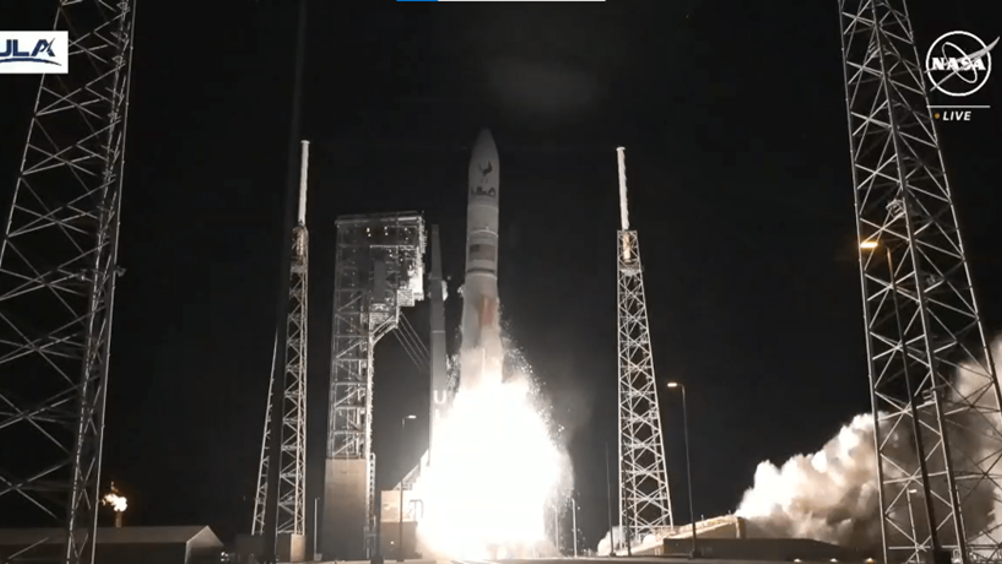Peregrine commercial lunar lander launches from Florida
The first commercial US mission set to land on the lunar surface has taken off from Cape Canaveral, Florida, equipped with UK-led instruments for studying the Moon’s exosphere.

Astrobotic’s Peregrine lander launched on a United Launch Alliance Vulcan rocket at 7.18 GMT today (Jan 8, 2024), beginning an approximate 46-day journey to the Moon. The spacecraft is the first to fly under NASA’s commercial lunar payload services (CLPS), a new programme that will see NASA working with private companies to deliver scientific equipment to the Moon.
Alongside five NASA instruments, Peregrine will carry a further 15, including a small robot developed by Carnegie Mellon University, set to become the first US robot to operate on the lunar surface. According to NASA, the collection of instruments will facilitate study of the Moon’s exosphere, thermal properties of lunar regolith, hydrogen abundances in the soil at the landing site, as well as conduct radiation environment monitoring.
“The first CLPS launch has sent payloads on their way to the Moon – a giant leap for humanity as we prepare to return to the lunar surface for the first time in over half a century,” said NASA chief Bill Nelson.
Register now to continue reading
Thanks for visiting The Engineer. You’ve now reached your monthly limit of news stories. Register for free to unlock unlimited access to all of our news coverage, as well as premium content including opinion, in-depth features and special reports.
Benefits of registering
-
In-depth insights and coverage of key emerging trends
-
Unrestricted access to special reports throughout the year
-
Daily technology news delivered straight to your inbox










Water Sector Talent Exodus Could Cripple The Sector
One possible reform to the Asset Management Plan (AMP) system would be to stagger the five year cycle across the ten or so water businesses, so that...